Lesson: On Target!
(Lesson courtesy of PBS’s Design Squad Nation. Download the original lesson in .pdf form or see illustrated step-by-step procedure online. Find more activities like this in the Design Squad On the Moon Guide.)
Illustrations by Hannah Bonner. Potential energy bicyclist graphic ©2008 WGBH Educational Foundation. Photo of Backyard ThrillRide ©2007 WGBH Educational Foundation
Overview:
In this lesson, teams of students will explore the engineering design process by modifying a paper cup to carry a marble down a zip line and drop it precisely on a target. They will learn to brainstorm, test, evaluate, and redesign their devices to improve accuracy.
Grade Level: 6 -12
Time: 60 minutes
Download the project-leader guide and notes.
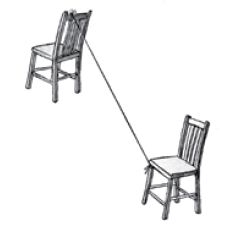 Learning Standards:
Learning Standards:
National Science Education Standards (Grades 6-12)
Physical Science: Transfer of Energy (6-8); Motion and Forces (6-12); Conservation of Energy (9-12)
Science and Technology: Abilities of Technological Design; Understanding about Science and Technology
International Technology Education Association Content Standards (Grades 6 -12)
Design
- Standard 8: Students will develop an understanding of the attributes of design
- Standard 9: Students will develop an understanding of engineering design
- Standard 10: Students will develop an understanding of the role of troubleshooting, research and development, invention and innovation, and experimentation in problem solving
Abilities for a Technological World
- Standard 11: Students will develop abilities to apply the design process
- Standard 12: Students will develop abilities to use and maintain technological products and systems
- Standard 13: Students will develop abilities to assess the impact of products and systems
The Designed World
- Standard 16: Students will develop an understanding of, and be able to select and use, energy and power technologies
National Council of Teachers of Mathematics Standards (6-12)
Problem Solving
- Build new mathematical knowledge through problem solving
- Solve problems that arise in mathematics and in other contexts
- Apply and adapt a variety of appropriate strategies to solve problems
Algebra
- Represent and analyze mathematical situations and structures using algebraic symbols
Measurement
- Understand measurable attributes of objects and units, systems, and processes of measurement
- Apply appropriate techniques, tools, and formulas to determine measurement
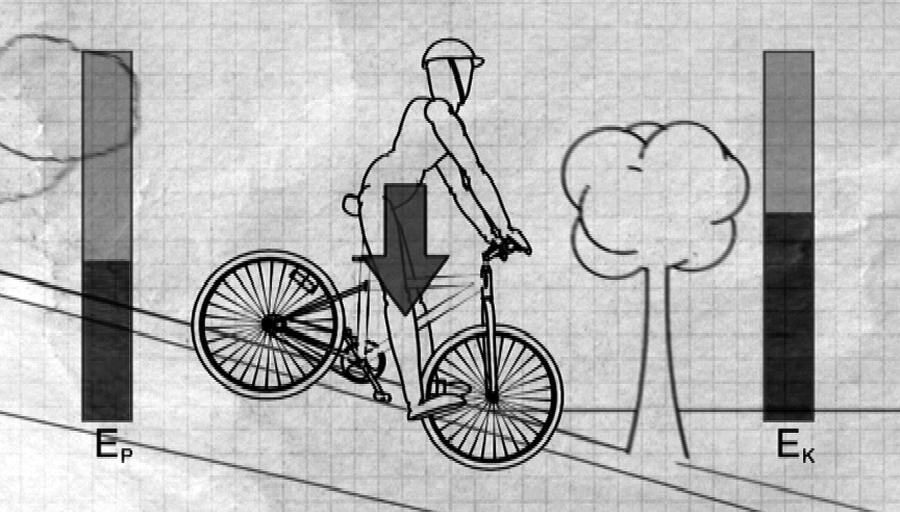 Learning Objectives:
Learning Objectives:
Students will:
- Work in cooperative groups to follow the engineering design process by modifying a cup to carry a marble down a zip line and drop it on a target; testing their system; and improving their system based on test results.
- Discuss what happened, how they solved problems that arose, what parts of their design proved key in getting the marble to hit the target.
- Describe how the marble moved after it was ejected (trajectory).
- View a 4-minute NASA animation of the LCROSS mission to the moon, which also involved a remote-controlled system devised to cause something to crash precisely into a surface using trajectory calculations.
- Relate their projects to Newton’s First Law (an object in motion continues in a straight line unless acted upon by a force).
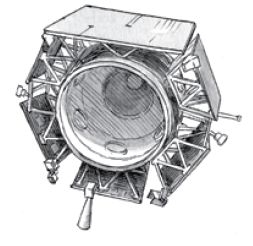 Curriculum Connections:
Curriculum Connections:
Newton’s First Law – As it travels down the zip line, the marble builds forward speed. Once launched, it will continue at that speed until a force acts on it, such as hitting the ground.
Acceleration – The marble’s speed increases as it falls due to Earth’s gravitational pull.
Vectors – The marble’s motion has both a horizontal and vertical component, which can be represented on a vector diagram.
Trajectory – When an object that already is moving horizontally is dropped, it travels in a curved path, called a trajectory.
Potential and kinetic energy – The marble’s stored (potential) energy changes to motion (kinetic) energy as it falls.
Measurement – Kids measure to make the zip line. They also measure the height from which their marble is dropped and how far it lands from the target.
Materials:
(Per zip line)
- 9 feet (3 meters) of smooth line, such as fishing line or kite string
- Index card
- marble
- masking tape
- paper clip
- 1 medium-sized paper cup
- scissors
- target drawn on piece of paper
Procedures:
Prepare by reading the Design Squad Nation challenge sheet and instructor notes to become familiar with the activity. Gather the materials, set up a sample zip line, and put a handle on a paper cup. (Do not make a door or platform for the marble.) Optional: print a picture of NASA’s Lunar Crater Observation and Sensing Satellite (LCROSS).
 1. Introduce the challenge. (5 minutes.) Tell students how NASA sent the Lunar Crater Observation and Sensing Satellite (LCROSS) to search for water on the moon in 2009. The satellite had to hit a crater near the moon’s South Pole, and scientists studied the plume thrown up by the collision for signs of water. Ask students if they think they could design a system to drop a payload on a precise spot.
1. Introduce the challenge. (5 minutes.) Tell students how NASA sent the Lunar Crater Observation and Sensing Satellite (LCROSS) to search for water on the moon in 2009. The satellite had to hit a crater near the moon’s South Pole, and scientists studied the plume thrown up by the collision for signs of water. Ask students if they think they could design a system to drop a payload on a precise spot.
2. Show kids your zip line. Hang the cup on your zip line, using a hook made from a paper clip, and demonstrate how the cup travels down the zip line. Tell students that just like NASA, the success of their mission depends on being able to hit the target accurately and consistently. As they test their designs, they will find ways to make it work better – which is called the engineering design process.
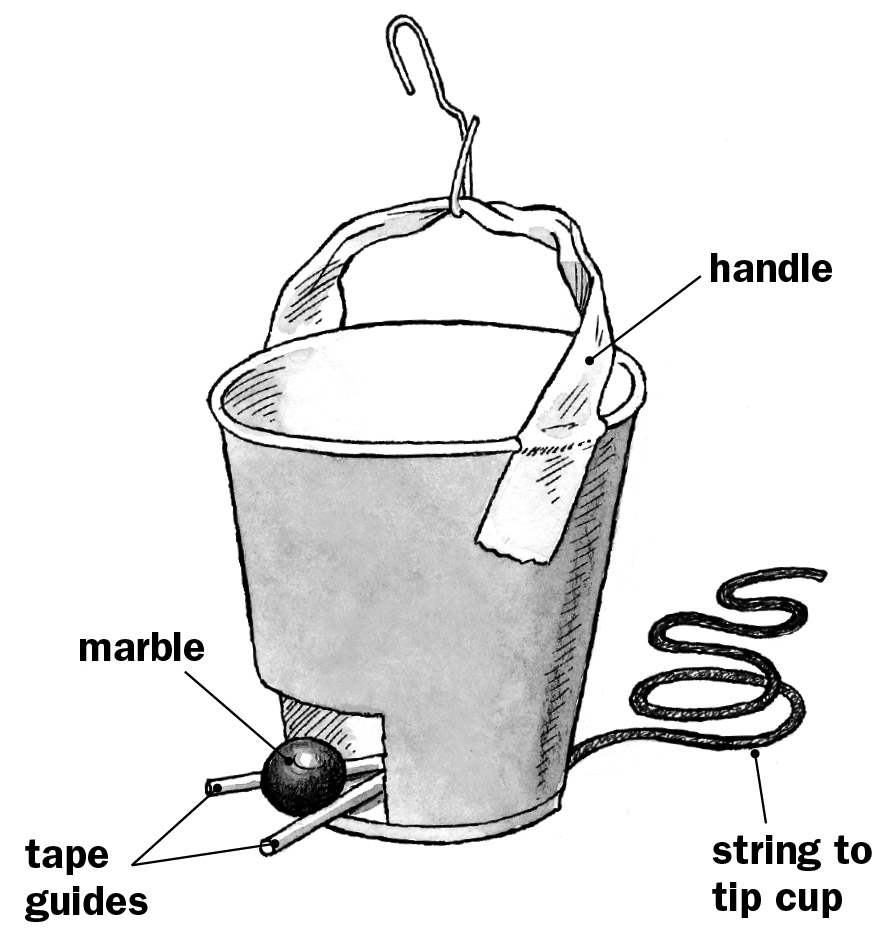 3. Have students brainstorm (10 minutes) about how they could modify the cup to carry a marble down the zip line and also drop it onto a target. How will they remotely release the marble? When must the marble be ejected to hit the target?
3. Have students brainstorm (10 minutes) about how they could modify the cup to carry a marble down the zip line and also drop it onto a target. How will they remotely release the marble? When must the marble be ejected to hit the target?
4. Build, test, evaluate, and redesign (35 minutes). Students should first set up a zip line between two objects, such as chairs, and make sure it is taut. Then they should figure out how to modify the cup to carry the marble down the line. Will it travel inside the cup? Outside on a platform? Underneath? Students must decide how to tip the cup to dump the marble and add a remote release. Finally, the cup must be clipped to the zip line so that if slides easily. Hint: Have students estimate where the “drop zone” on the zip line is and make the remote release line at least that long.
If problems arise, help students troubleshoot and ask questions to encourage students to think about how they might solve their design problems:
- Cup moves slowly down the zip line. (Check the line’s steepness and make sure the cup slides freely.)
- The marble won’t stay in the cup. (Roll a small tube of tape to prevent it from falling out accidentally; adjust the tilt of the cup so it doesn’t tip the marble out.)
- The marble won’t release. (Roll small tubes of tape and build a chute to funnel the marble toward the opening. Adjust the tilt of the cup to make the marble easier to roll out.)
- The marble keeps missing the target. (Check that the door or platform doesn’t interfere with the marble. Make sure to take the forward motion of the marble into account and release before the cup is over the target.
4. Discuss what happened. (10 minutes) Have kids show each other their modified cups and talk about how they solved problems as they came up. Ask what parts of their designs were most important in getting the marble to hit the target, and what changes they made after testing. Have them describe the way their marbles moved after being ejected from the cups. Extra credit: How was this challenge similar to NASA’s LCROSS mission to the moon?
Modifications
- For younger kids – Encourage a group brainstorm. Do the zip line activity first to allow kids to become familiar with zip lines before moving onto On Target. During the activity consider a larger target area.
- For older kids – Consider a smaller target and challenge them to hit the target repeatedly with accuracy.
Extensions
- Watch a short video about LCROSS.
- Analyze an object’s motion as it follows a trajectory. To show that an object’s speed is constant as it follows a trajectory (curved path), videotape the marble as it falls from the cup. Play it back on a TV or computer one frame at a time. Tape a transparency to the screen and make marks from frame to frame, measuring the horizontal distance traveled by the marble each time. Kids will see the distance traveled is constant. Alternatively, have your students try the Projectile Motion interactive in PBS’s teachersdomain.org.
By the way, NASA scientists used LCROSS findings to confirm the presence of water on the moon. The results were published in the October 22, 2010 issue of Science.
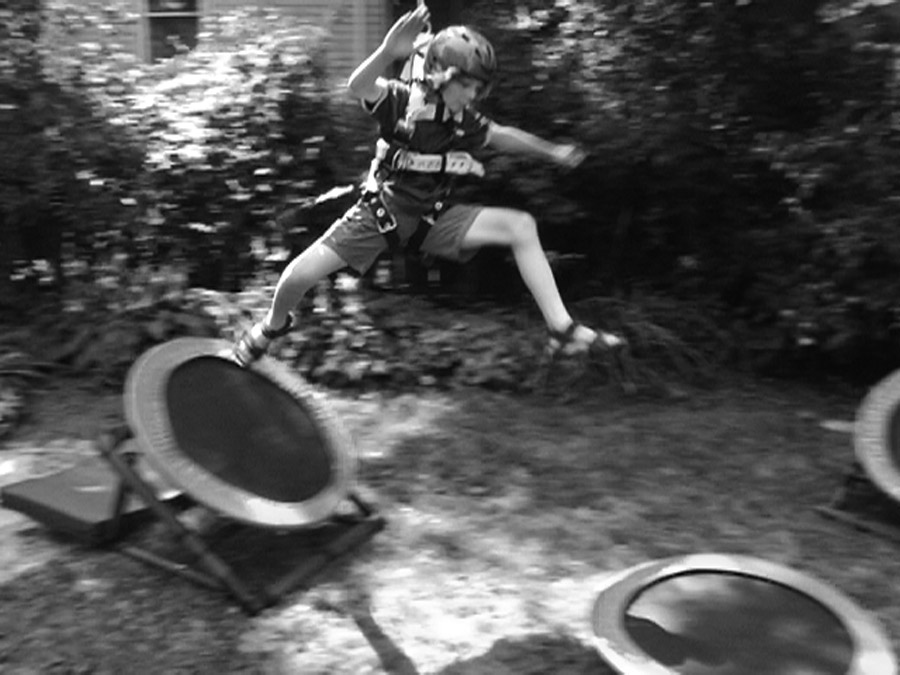
Videos:
- Design Squad Episode: Backyard Thrill Ride. The teams bring the adrenaline rush of an amusement park ride to a 13-year-old’s backyard—28:40
- NASA Toilets—Evan Thomas. Employing the same skills he uses in his work at NASA, Evan Thomas, a volunteer working with Engineers Without Borders, designs water recovery and purification systems for use in the arid county of Rwanda—1:00
- How Can Potential Energy Be Used to do Work? See how raising an object against gravity increases its stored (i.e., potential) energy and how the stored energy can be converted into motion (i.e., kinetic) energy to do work–0: 31
Illustrations by Hannah Bonner
Potential energy bicyclist graphic ©2008 WGBH Educational Foundation
Photo of Backyard ThrillRide ©2007 WGBH Educational Foundation
Filed under: Grades 6-8, Grades 9-12, Lesson Plans
Tags: Class Activities, Grades 6-8, Grades 9-12, Lesson Plan, Mechanical engineering, Physics, zip line








